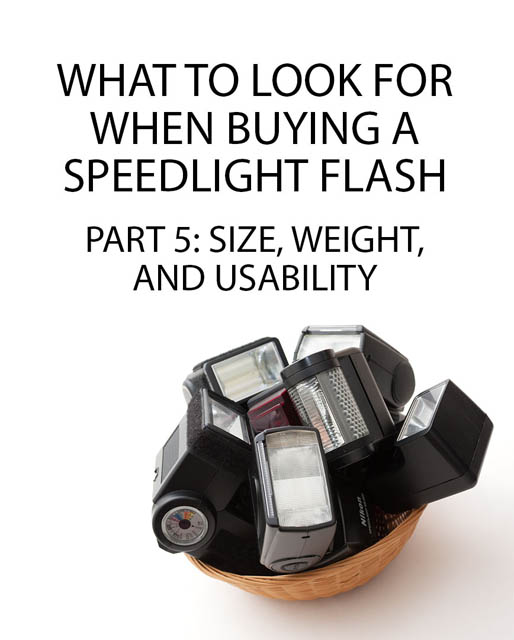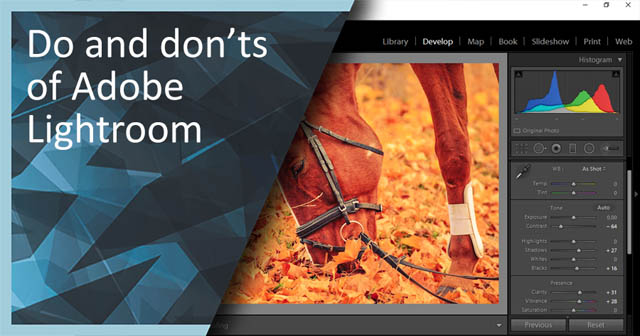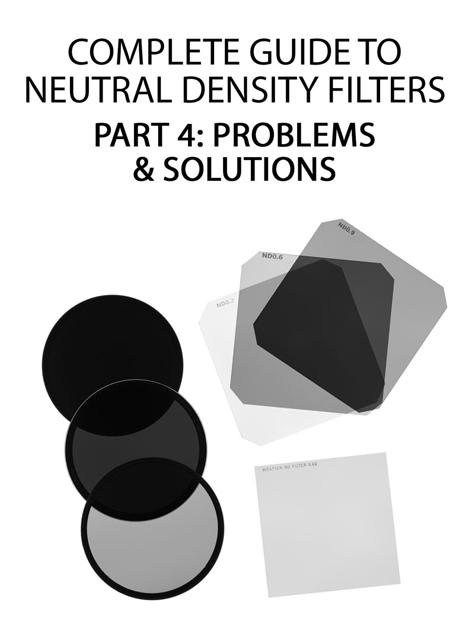What to look for when buying a Speedlight Flash: Size, weight, and usability
In recent years many photographers have decided to try and cut their kit down to a smaller and lighter selection of gear that doesn't give them a bad back after a full day shooting. This smaller and lighter mantra can extend to the choice of speedlight as well.
However, what you give up in terms of weight and size with a smaller speedlight, you are also likely to give up in terms of power and ease of use. But with good high ISO capabilities on modern cameras, a low power flash is not as big a problem as it used to be.
In this article we look at the size, weight, number of batteries a flash takes, and the usability of flash units, to help you decide which features are most important to you.
Read the rest of this entry »













